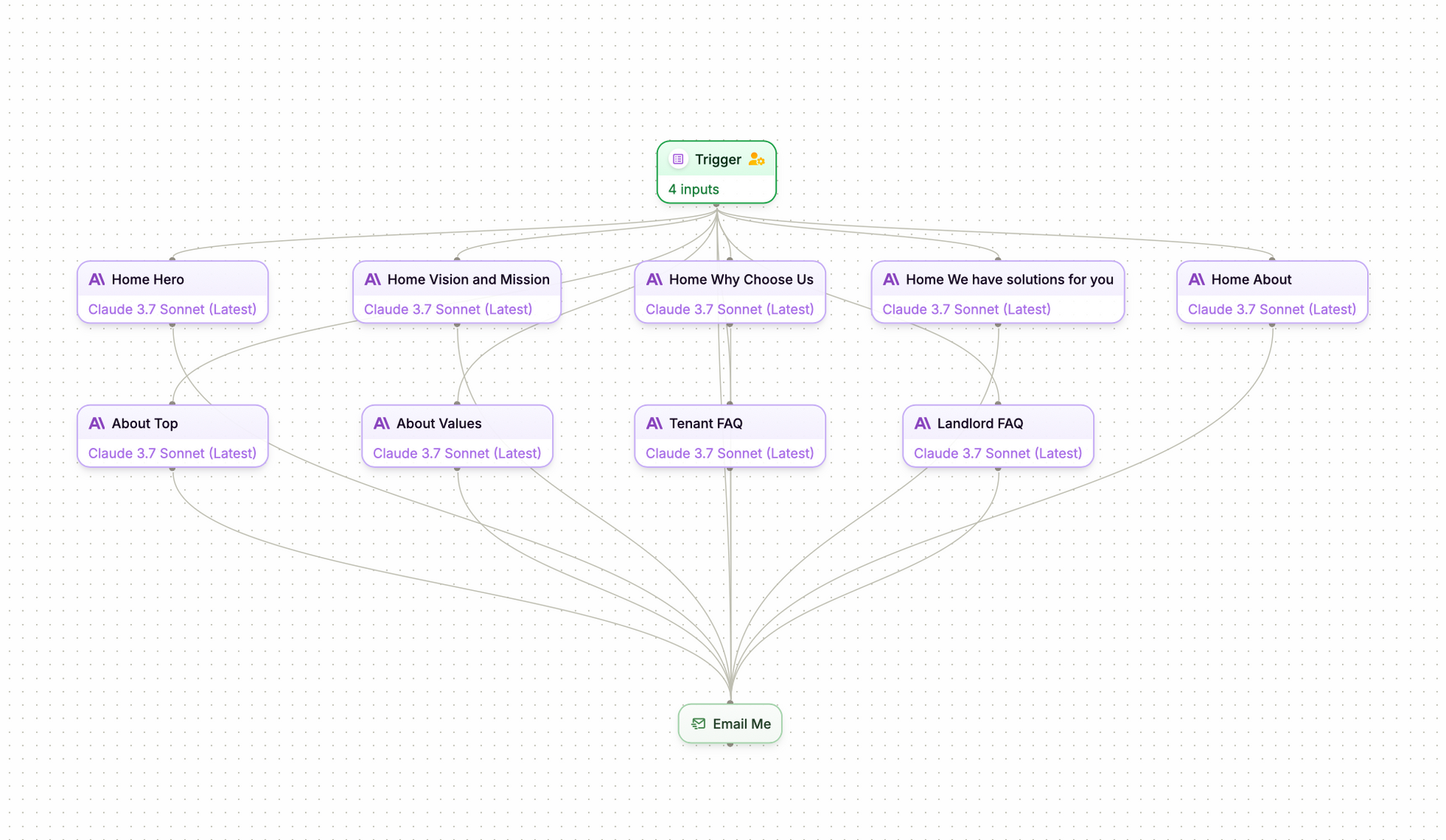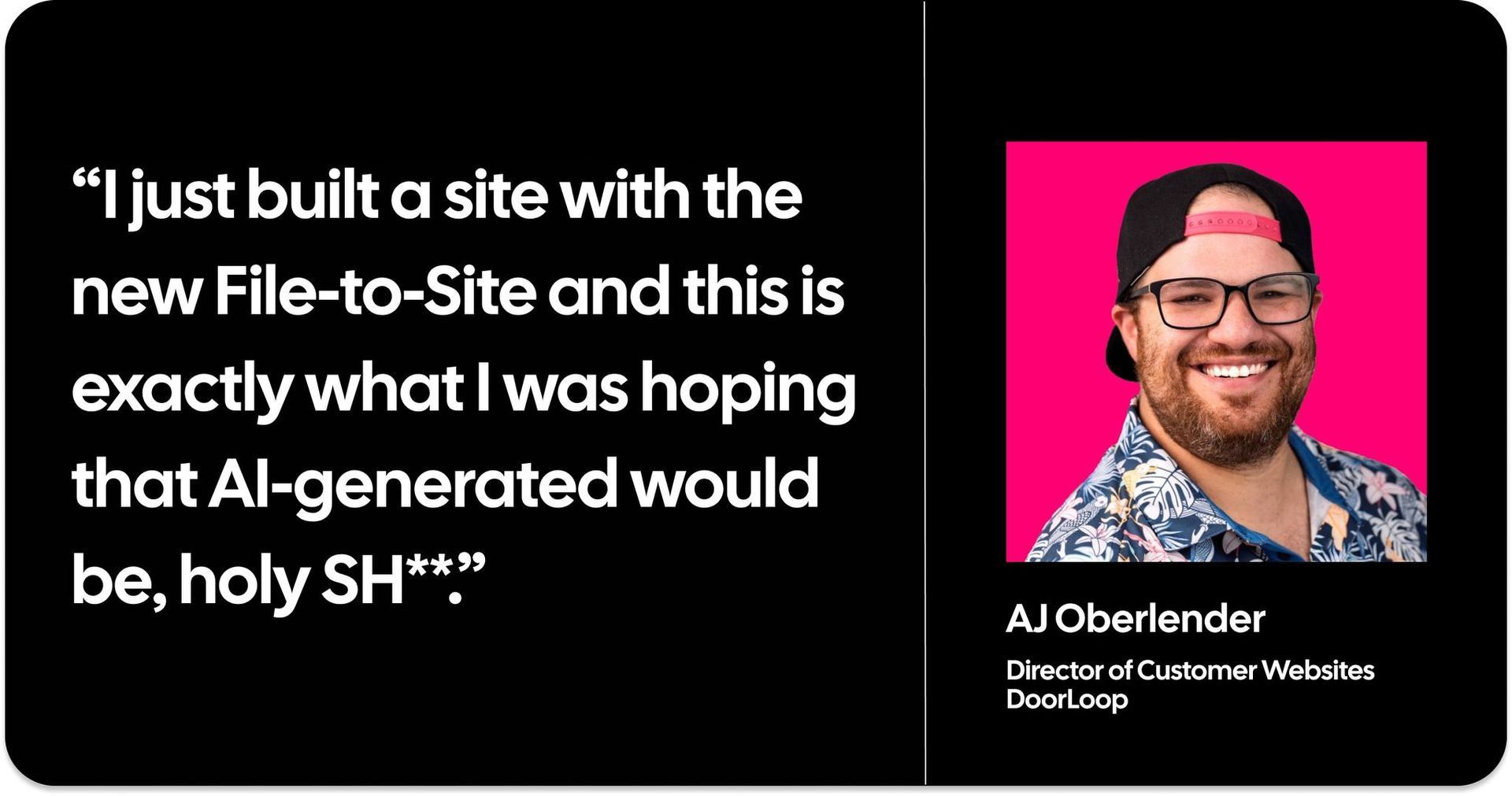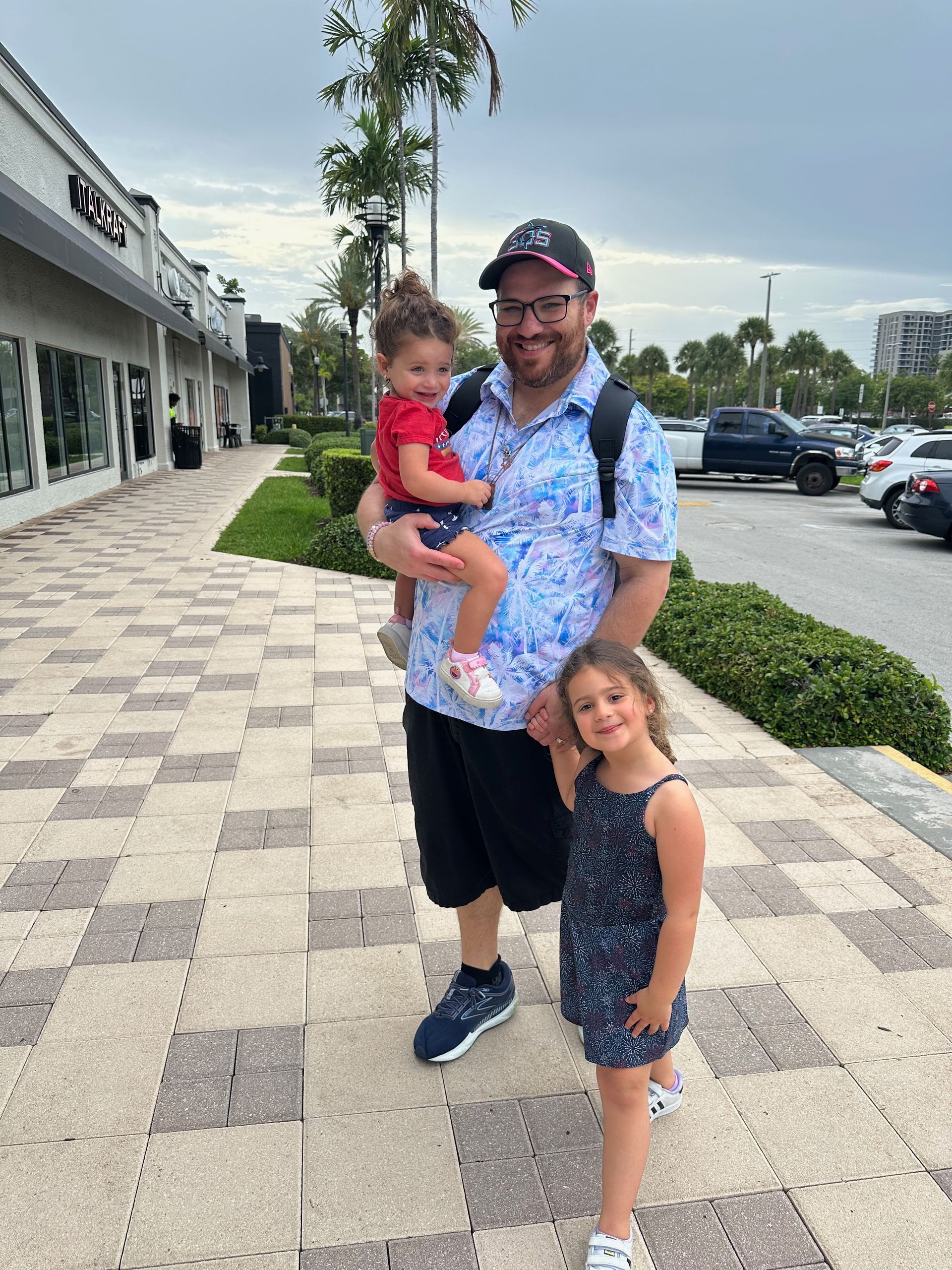
From "It Won't Work" to 1,000+ Websites: My Intrapreneurial Success Story
You know those moments in movies where the underdog walks into a room full of suits, gets told something's impossible, and just... smirks? Yeah, that was me in May 2022, sitting across from DoorLoop's CEO and CMO in their office, having what I thought was going to be a conversation about expanding our service offerings.
Except instead of champagne and high-fives, I got this: "Just so you know, we tried building a website division at our last company. We couldn't make it work."
My response? "Cool, I won't fail."
Not exactly the humble, "I'll do my best" energy you'd expect from someone who'd been doing onboarding and support since September 2021, right? But here's the thing, I wasn't being cocky. I was being strategic. And maybe I had just a little bit of chutzpah.
The Room Where It (Almost) Didn't Happen
Picture this: I'm sitting in their office on what was probably another sweltering South Florida afternoon, still riding the high from eight months of helping customers navigate DoorLoop's platform. I'd been watching our clients struggle with their digital presence daily, fielding questions about their terrible websites and listening to them complain about conversion rates.
So when they asked if I'd be interested in trying to build a website division, I was intrigued. What I wasn't expecting was the immediate disclaimer that followed: the corporate equivalent of "It's not you, it's us."
The previous attempt? A website division that burned through resources, failed to gain traction, and left everyone with the kind of PTSD that makes business leaders break out in cold sweats whenever someone mentions "custom websites." The problem, as I'd later learn, was that it wasn't systematized well and allowed way too much customization. Classic mistake, trying to be everything to everyone instead of being really, really good at one thing.
Most people would've nodded politely, maybe asked some clarifying questions about what went wrong. Me? I leaned back in that office chair and said, "Cool, I won't."
But then I asked the one question that changed everything: "If I fail, what happens to me?"
Their answer? "We'd just move you around to something else."
And that, right there, was the safety net that made me dangerous.
Why That Safety Net Changed Everything
See, when you know failure isn't going to destroy your career, you can afford to be bold instead of conservative. You can take calculated risks instead of playing it safe. You can focus on building something right instead of building something safe.
That conversation wasn't just about whether websites could work; it was about whether I had the space to fail fast, learn quickly, and iterate without fear.
Once I knew I did, the whole game changed.
First, I actually understood the problem. After spending eight months in onboarding and support, I'd seen exactly where our customers were struggling. Property management companies don't just need websites, they need systems. They need digital experiences that convert prospects, retain residents, and make their teams look like the pros they are.
Second, I had a secret weapon: I'd been living in our customers' world. I wasn't some outside consultant trying to figure out the industry. I was the guy who'd been troubleshooting their pain points, walking them through workflows, and listening to their frustrations every single day.
Third, and this is the big one, I learned from their previous mistakes. Too much customization? I'd build a system with smart constraints. Not systematized well? I'd create repeatable processes that could scale without breaking.
Building Something From Nothing (While Everyone Watched)
Those first few months were... interesting. Imagine trying to build a plane while flying it, except the plane is actually a rocket ship and half the crew isn't sure rockets are even real.
I had to:
- Create processes that didn't exist
- Build trust with a sales team that had never sold websites
- Design workflows for an industry that treats "custom" like a four-letter word
- Figure out the right balance between flexibility and systematization
- Oh, and actually deliver results that justified the investment
But here's what I knew that maybe the previous team didn't: success wasn't going to come from building the perfect system . It was going to come from building the right constraints, the right processes, and the right relationships with customers who understood the value.
November 2022: we published our first website.
I still remember hitting "publish" on that first site. It wasn't perfect, but it worked. More importantly, it converted.
The Plot Twist Nobody Saw Coming
Fast forward to August 2025, and that "doomed to fail" website division? We've published over 1,000 websites .
Let me say that again: over 1,000 websites, with a team of exactly one full-time person (me) and one other person who works maybe two hours a week when they're not pulled into other projects.
You want to know what systematic process design looks like? That's it right there.
The numbers tell the story, but honestly, the customer stories are even better. Companies that used to apologize for their websites now brag about them. Property managers who felt like they were stuck in 2008 are suddenly competing with the big players in their markets.
What This Really Taught Me About Intrapreneurship
Here's the thing about building something new inside an existing company: everyone's watching, but not everyone's rooting for you . Some people want you to succeed because it validates their decision to support you. Others are secretly hoping you'll fail because it proves their original skepticism was justified.
The key is to focus on the work, not the politics. Build something that works , deliver results that matter , and let the 1,000+ websites speak for themselves.
The Next Chapter (Because There's Always One)
That confidence I had in that office conversation in May 2022? It wasn't just about building a website division. It was about proving to myself, and maybe to everyone else, that I could take an idea, turn it into a system, scale it to over 1,000 published sites with basically no team, and do it all without falling into the same traps that killed the previous attempt.
Mission accomplished on that front.
But now I'm thinking bigger. The same strategic thinking, systematic process design, and smart constraint-setting that turned DoorLoop's website division into a 1,000+ site success story? That's the foundation for everything I'm building next.
Because here's what I learned: when someone tells you something won't work, they're usually talking about the last time they tried it. They're not talking about what happens when you try it with better strategy, systematic thinking, the safety net to fail fast, and the kind of stubborn optimism that refuses to accept failure as inevitable.
Sometimes the best response to "it won't work" isn't to argue or explain. Sometimes it's just to smile and say, "Cool, I won't fail."
And then go prove it. 1,000+ times if necessary.









